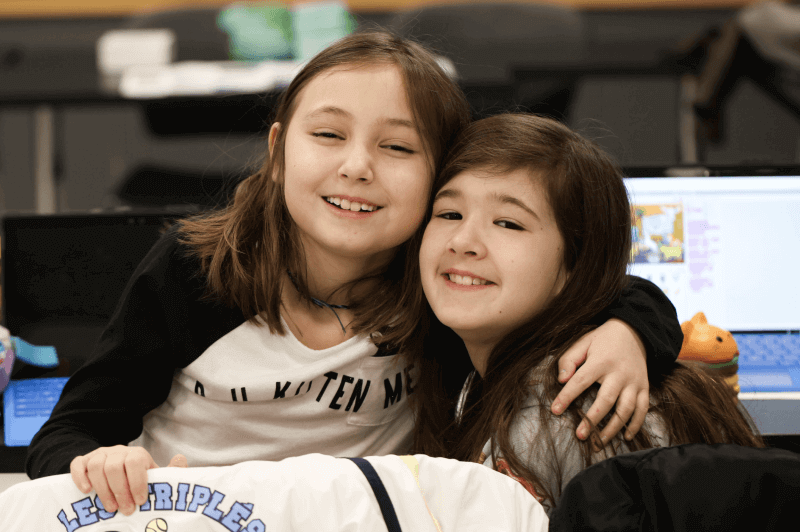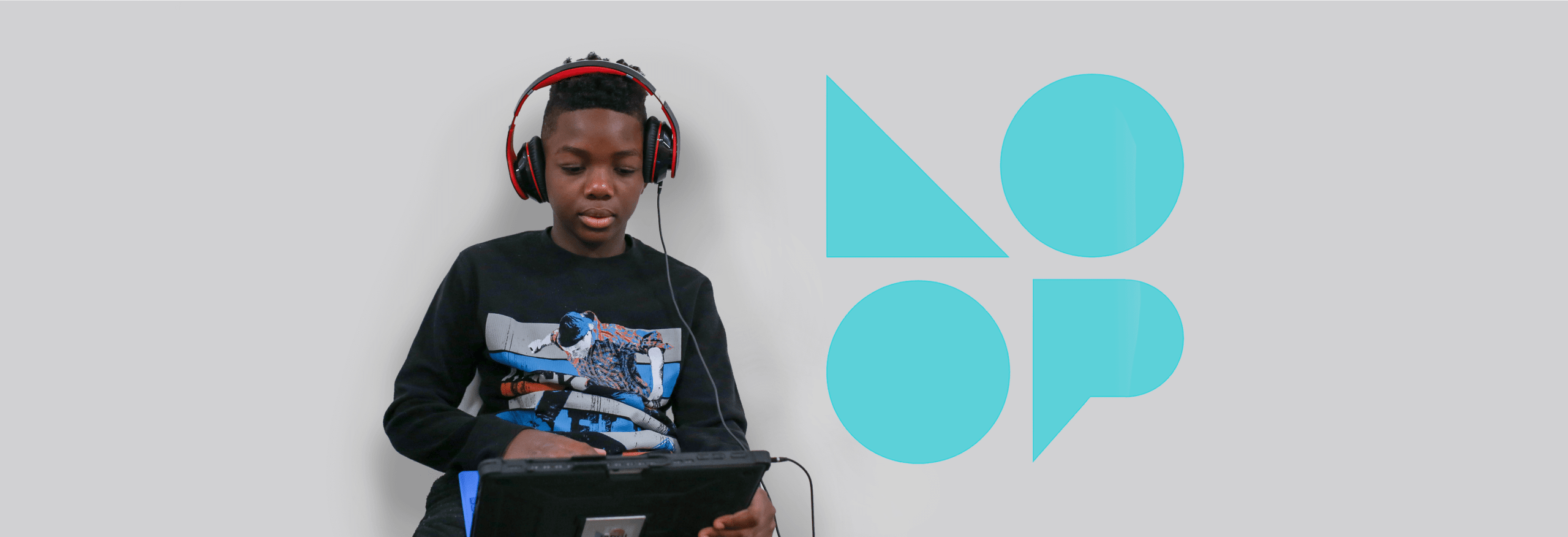What started in 2016 as a series of workshops that teach kids how to build computer kits and code introductory-level programs, has grown into a non-profit of and for the future. Create a Loop is disrupting the general poverty cycle by equipping underserved students with advanced computer programming skills.
“We see a lot of computer science programs heading into high-end private schools, but it’s hardly moving anywhere else,” said Create a Loop’s Cofounder, Board Member, and Instructor, Chris Sims. “We’re trying to bookend that trend by starting with young kids in the city.”
In 2017, Create a Loop started hosting beginner and advanced clubs for a group of diverse students. The breakdown was and still is approximately 50% female, 50% scholarship, and 50% of students from populations that are underrepresented in computer science. “The makeup of the classes is intentional,” said Create a Loop’s Executive Director, Sherea Dunlap. “We want everyone in our program to get accustomed to a 50/50 split during our classes.” From gender to race, Create a Loop creates an environment where every student has experience working alongside one another.
“When you’re a consumer, you’re not going to have a lot of choices,” said Sherea. “If you know how to build something, you have something to offer.”
Sherea Dunlap, Create a Loop’s Executive Director
Broadening students’ horizons.
In addition to making sure that every student feels well represented in the programming world, the curriculum itself offers a diverse approach to creation. Teaching kids how to become creators instead of consumers is a cornerstone of Create a Loop’s mission. “When you’re a consumer, you’re not going to have a lot of choices,” said Sherea. “If you know how to build something, you have something to offer.”
Create a Loop gives students useful knowledge and hands-on practice in what are not only high-paying fields—but the fields of the future. Computer science (one of the most accessible disciplines of engineering, according to Chris) gives students access to multiple career paths. “We incorporate 3D modeling, graphic design, and audio engineering into our clubs so that everyone has an avenue into creating on their computer, which ultimately leads to a career in the long run,” said Chris.
By the time students move on from Create a Loop, they’re well-equipped with a portfolio that proves what they can do, so they can secure a life-changing scholarship or land a great job straight out of high school.
But Create a Loop’s solution doesn’t stop with the students—the team is dedicated to helping the education system as a whole.

Breaking the cycle by educating the system.
Create a Loop focuses on the human component. In addition to creating the curriculum for students, the team also teaches coding to faculty, making computer science accessible in underserved schools. Sherea went through the coding curriculum herself, after Create a Loop decided it would be easier to teach a teacher how to program versus teaching a programmer how to build a curriculum for kids.
Create a Loop now trains partner faculty with the curriculum, so they can confidently teach coding in the classroom. And, it turns out, the discipline is closer to teachers’ skillsets than one might have thought. “Writing software is a lot like writing an essay, but instead of grammar, you use syntax,” said Chris. “Organization, flow, and readability are equally important in code as it is in writing an essay, so other people can read it and expand on it.”
As the pilot case, Sherea is walking proof of concept. “Once you learn the first language, the rest comes naturally,” she said.
Reaching new heights with Capacity.
The real challenge Create a Loop encountered was limited time. “Create a Loop is my life. I’m either creating a curriculum, teaching a class, or setting up a new one,” said Sherea. “It’s my job, hobby, and passion.”
Even if Sherea was passionate about answering the same FAQs over and over again, she simply wouldn’t have the time. Fielding and resolving the never-ending cavalcade of questions about available courses, sponsorship opportunities, or enrollment requirements was next to impossible. Now, whenever anyone has a question about the organization, registration, logistics, etc., the Create a Loop team can rely on tech student support to provide the right answer, so they can focus on larger agendas. For example, Create a Loop is currently exploring deeper partnerships with schools in the city.
Capacity plays its small part in preparing underserved kids for the future by supporting everyone—the Create a Loop team, the students, the parents, and the community at large—committed to Create a Loop’s cause.
“We need to be there for the students, whenever and wherever they might need us. We need to make it as easy as possible for them to advance.”
Chris Sims, Co-founder, Board Member, and Instructor









































